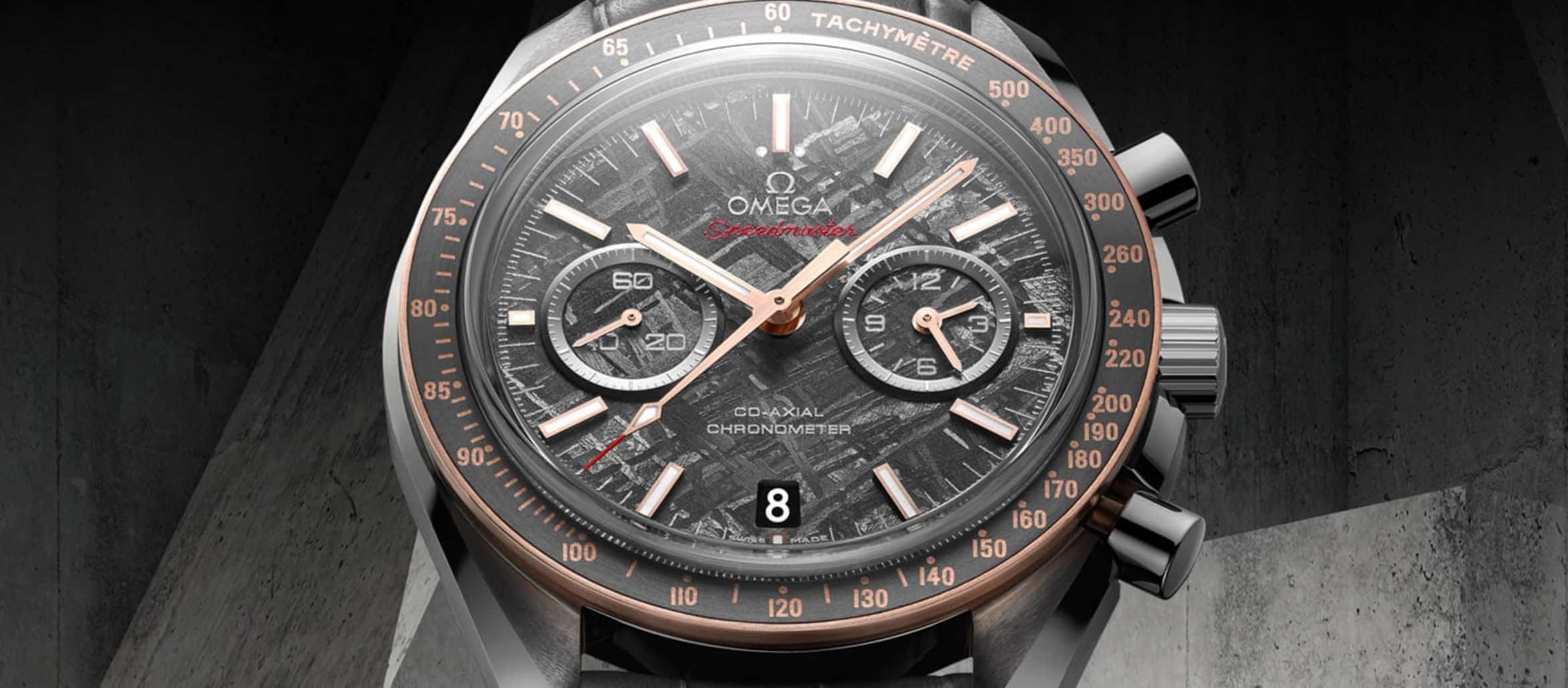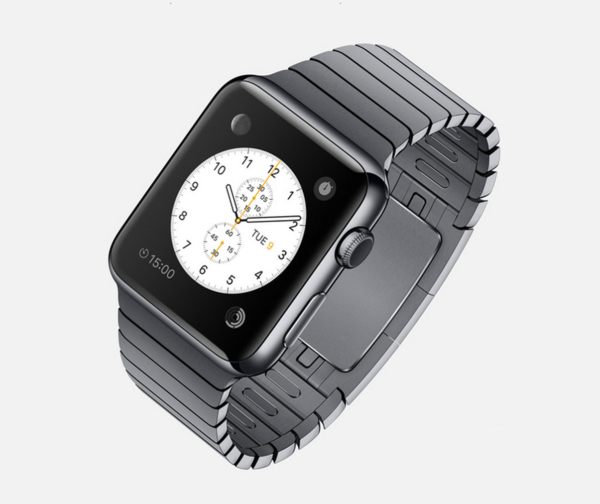A few weeks ago, the NASA mission OSIRIS-REx (Origins, Spectral Interpretation, Resource Identification, Security, Regolith Explorer) bounced a spacecraft off an asteroid. The OSIRIS-REx craft, shaped like a little housefly, proboscis TAGSAM (Touch-and-Go Sample Acquisition Mechanism) arm extended, vacuumed up the cloud of asteroid dust and debris from the the moment of impact, then fired its thrusters to back away. The pogo move was successful — so successful, in fact, that the TAGSAM’s collector head was wedged open by several large space-rocks. After a scramble to stow the material, lest it escape back out into space, the team declared success: they believe with greater than 99 percent certainty that they’ve captured more than the 60 grams (about one chicken egg’s worth) they require to properly study Bennu’s debris. If all goes well, it’ll return to earth in 2023.
The Curious Collector: Why Do We Turn Meteorites Into Watch Dials?
Via NASA/Goddard
It’s unlikely any of the Bennu asteroid’s material will be used in the dial of a Rolex. The space rocks we use to decorate our watch dials (or in some cases, to build entire watch cases) are meteors, having broken from asteroids and fallen through the atmosphere onto our godforsaken planet. They’re also ferrous, composed of metals like nickel and iron, rather than the carbonaceous or chondrite asteroids that researchers like the OSIRIS-REx team study to better understand our place in the universe. Ferrous meteorites make up the majority of the discovered meteorite mass that’s fallen to earth (Wikipedia says 500 tons of the stuff means about 90% of all mass). Eric Wind, founder of Wind Vintage, tells me the use of meteorite in watch dials is a relatively new phenomenon, beginning in the late 1980s or early 1990s, probably in the Rolex Daytona.
The first meteor I remember seeing sat open to the public in a museum. When I touched its slick surface, awe froze my mind. I was vibing with something billions of years old. The second was on a watch dial presented in a velvety Baselworld booth. The price tag was high, the aesthetic mismatched with the stainless steel case and bezel. I was underwhelmed. Afterward, I couldn’t shake the feeling that the ultra-high-end timepiece was obscene—cosmic chemistry reduced to a mediocre textural gimmick.
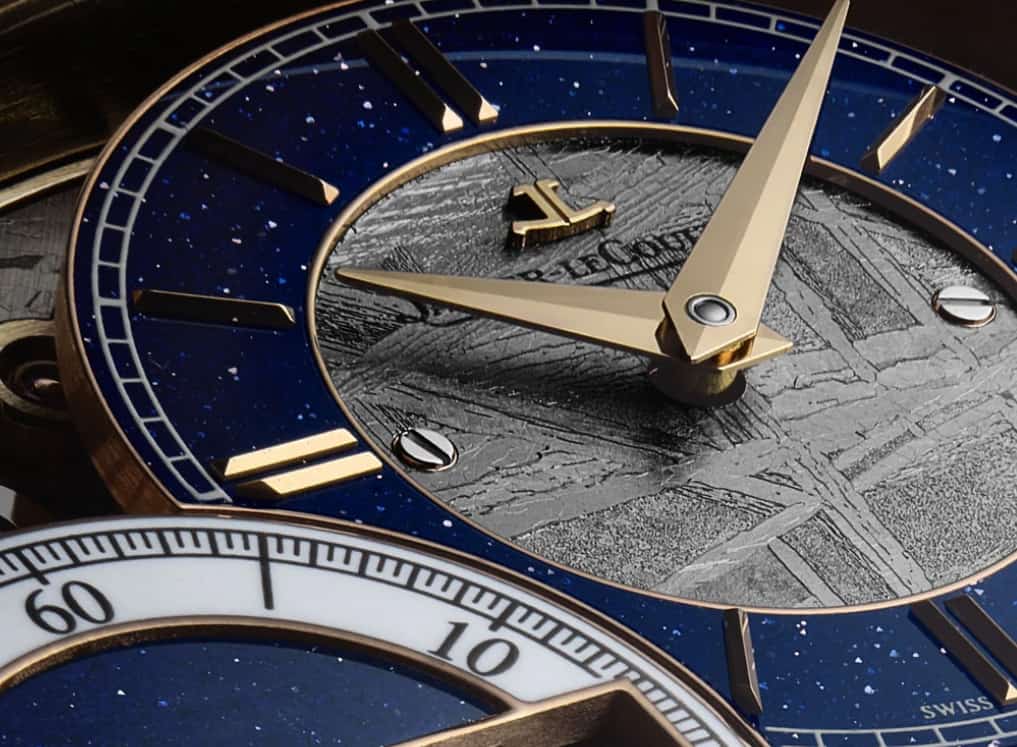
Wind, like me, is a little skeptical about meteor dials on watches. He finds them pretty unexciting, and likens their manufacturing process to slicing up Babe Ruth’s bat for collectible baseball cards. (This happened.) In fact, the meteorite used in most watch dials comes from slicing up large meteorites discovered all around the planet into razor-thin sections, which are acid-washed to bring out the eye-catching “Widmanstaetten pattern” created by the minerals kamacite and taenite, two materials that are otherwise usually not found on earth.
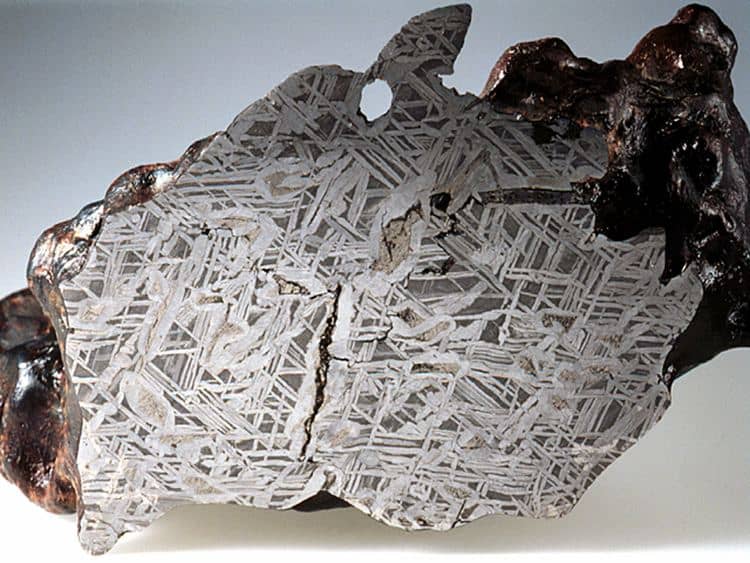
Wind figures demand for meteor-dialed watches is relatively low. Based on my sleuthing, he’s not wrong. When I asked a bevy of indie watchmakers what they thought of the style, most were only aware of one watch or brand (usually Rolex or Omega) making watches with the material — or didn’t know anything about meteorite dials at all. I did my best to find an online gathering place for meteorite-dial-nerds, but the best I could do was several Watchuseek forum threads that were pretty thin on info, plus individual posts on r/watches. In one, a user named starman510 posted a picture of a DIY custom build with a Miyota 8215, blued hands, and a subtle light gray meteorite dial. I messaged starman510. He’d learned of meteorite dials on the same subreddit. “I really like space and watches,” he said. “Thought it was a cool idea to wear a little bit of space on my wrist each day.” His dream is an Omega Speedmaster Pro moon watch. Until then, he’s wearing his custom build.
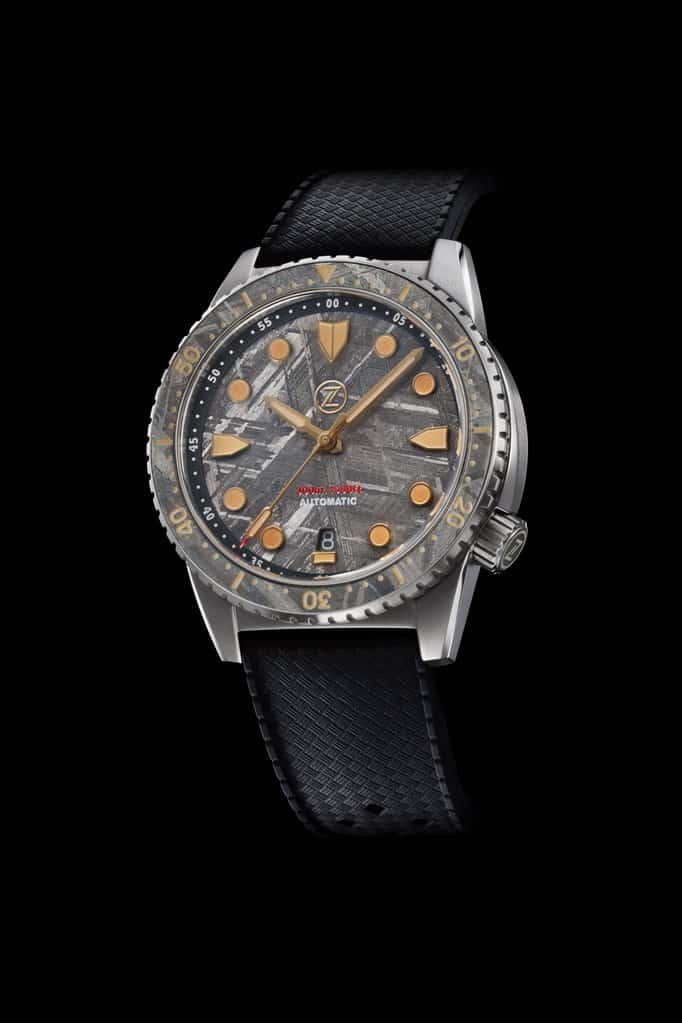
“You’re looking at molten planetary core that’s billions of years old and has circled the asteroid belt,” said Andrew Wolberg, a collector who is dreaming of his first meteorite dial watch, probably a Rolex GMT. Wolberg was trained as a geologist. “Other people might say it’s very bland — that there’s not a lot going on with it. But you could say that about a lot of exotic dials [materials]. And each meteorite dial is unique and different. It’s a fingerprint of the universe.”
When I brought up the acid-washing of the material to enhance the Widmanstaetten pattern (“cheating a little, isn’t it?”), Wolberg pointed out that thinly sliced material was standard fare for exotic dials on watches. Besides, the end product, to him, was art: a lattice of nickel and iron encased in the building blocks of the universe. It turns out meteorite-metal jewelry isn’t new at all: people were using it to make beads, pendants, and headdresses in the Bronze age.
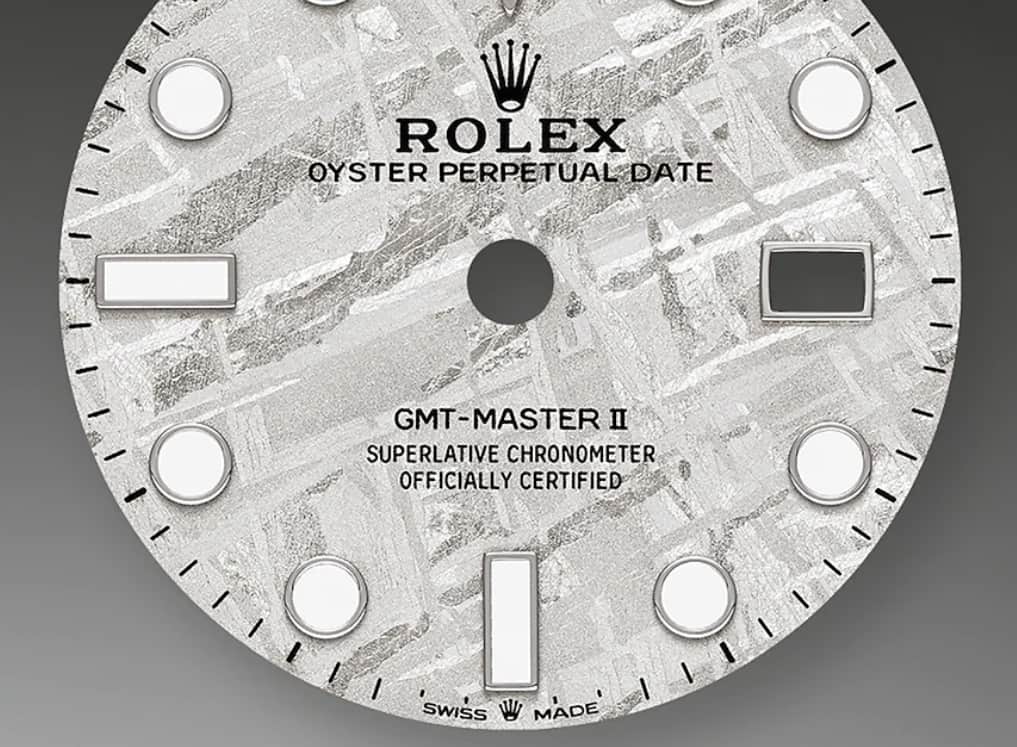
This all got me thinking about the baby-blue Bakelite bezel on the vintage Zodiac Seamaster my fiancé gave me, and how just touching it feels nice — “the same stuff as old telephones!” I tell whoever I’ve trapped at parties. Of the Mokume-gane dial on a Seiko mod that made for one of the most interesting watches I’ve ever seen. Thinking of meteorite dials as not some gaudy space oddity but instead as another niche in the cool-materials world of watches brings their existence into focus.
Any of those might not be your thing. But it’s true that the materials we use in our watches say everything you need to know about who we are as watch collectors. Stainless steel lends utility, and, somehow, coolness; yellow gold is brazen and flashy; carbon fiber is high-tech and can be worn while, say, playing professional football.
I might not ever buy a meteorite-dialed watch, or even be particularly turned onto the style. But the fact that space-material-watches exist is proof that there are collectors out there who see their passion as an intersection between time and space. Who knows — one could be on the wrist of a NASA scientist as they look at a chunk of Bennu under a microscope and learn about the beginnings of the universe and our place in it as humans. As far as I’m concerned, I’ll happily include in my hobby a subset of folks who want to get cosmic.









 Featured Videos
Featured Videos




